Find out about telephone cable that complies with CW1308,
CW1308B, and CW1128 standards for internal and external
connections.
Telephone Cable
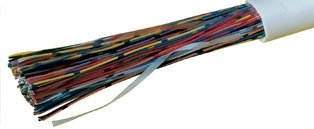

Find out about telephone cable that complies with CW1308,
CW1308B, and CW1128 standards for internal and external
connections.
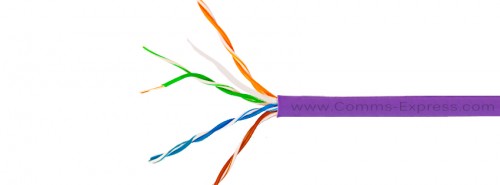
Learn how crosstalk specifications vary between Cat5e, Cat6
and Cat6a cable. Cat6a has improved alien crosstalk capabilities over
Cat6.

Cable speed is included in the Cat6, Cat6a and Cat5estandards. Cat5e and Cat6 support Gigabit Ethernet. Cat6/6a cable has10-Gigabit Ethernet capabilities.
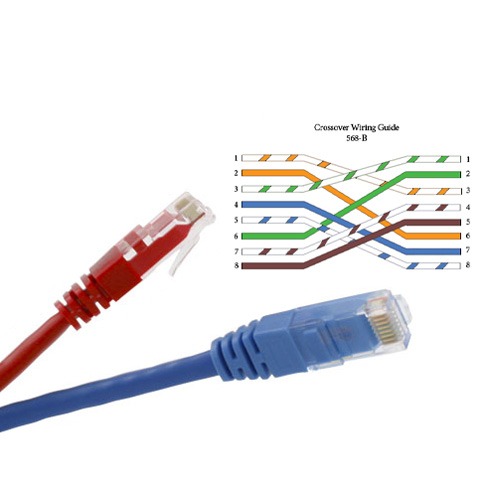
Crossover patch leads are used for direct network
connections, such as linking computer to computer. T-568A and T-568B wiring
schemes are both used.

Cable interference creates signal disruptions. Crosstalk and
EMI can generate interference. Cat5e, Cat6, and Cat6a standards feature
crosstalk specifications.

Consider cable bend radius specifications to protect the
integrity of data transmissions. Avoid overbending copper and fibre
cables.

Cable distance refers to the maximum run length
recommendations for Cat5, 5e, 6 and other network cabling as specified in
TIA/EIA standards.
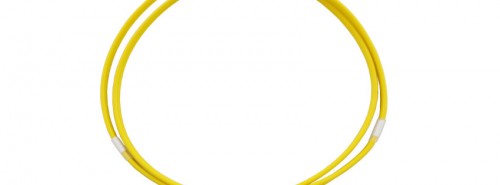
Singlemode fibre transmits signals over longer distancesthan multimode. Singlemode optical fibre cable has a role in next-generationEthernet.
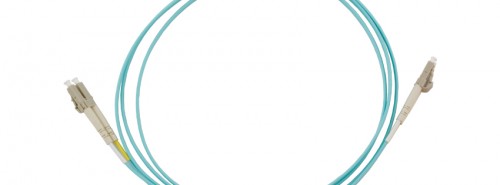
Multimode fibre transmits digital signals using light.Multimode ISO classifications are OM1 through OM4, with OM3 as a popular10Gig choice.
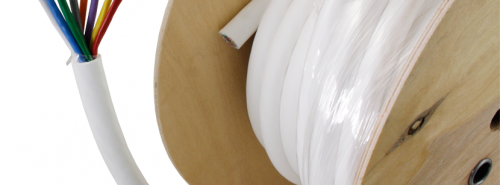
Twisted pairs are made up of two copper wires twisted together to help reduce electromagnetic interference.